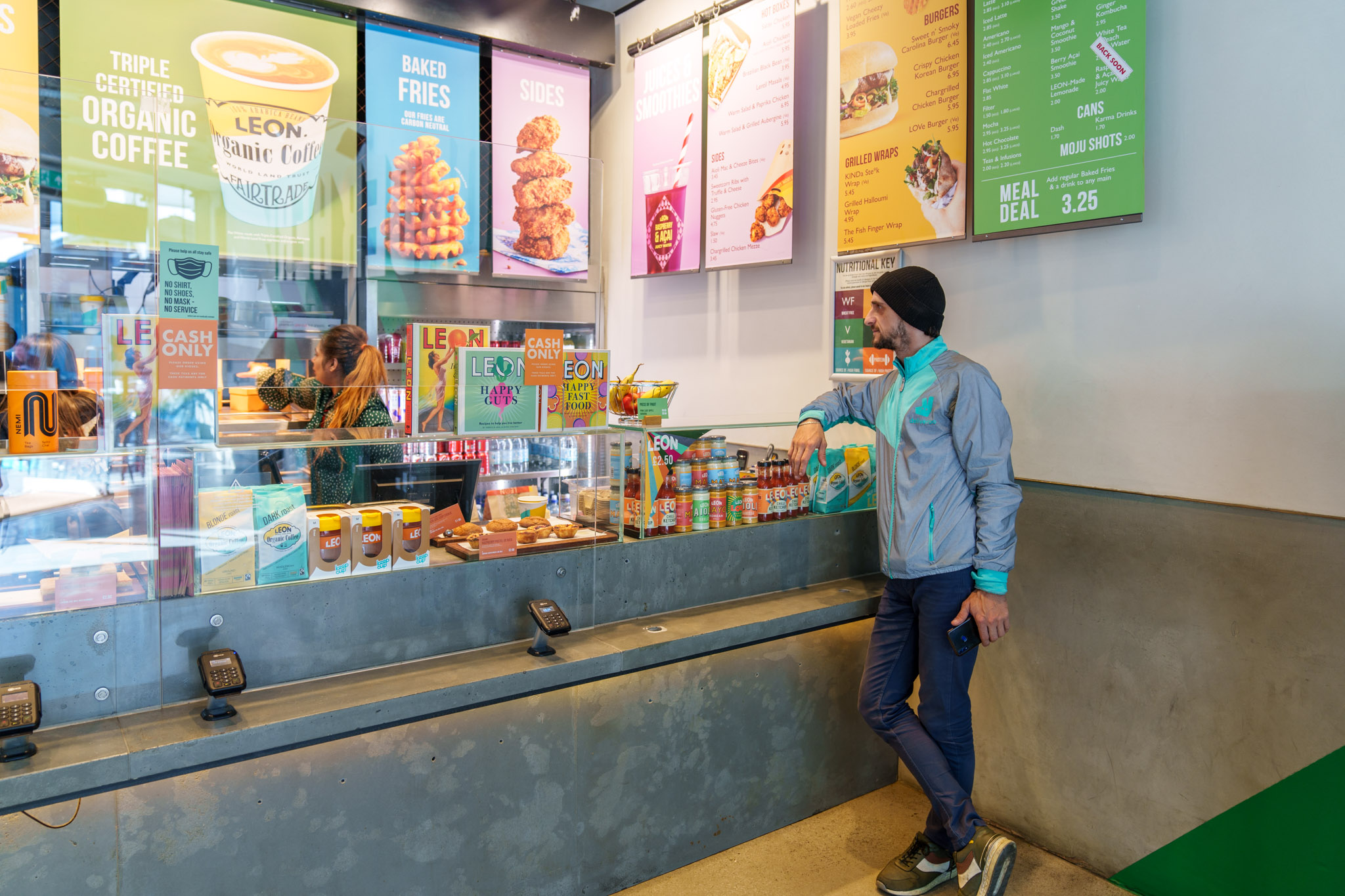Technology adoption within the food and drink industry has boomed over the past year. The pandemic brought a rush of technological innovation and adoption that has been lifesaving for many hospitality businesses. Through the introduction of digital ordering and the growth of delivery marketplaces, restaurants, pubs and cafes have not only found new customers to serve but new revenue streams to explore as well. Some businesses have been entirely transformed, particularly in the quick service restaurant and fast casual markets. As the dust starts to settle on the covid crisis, operators are now taking a step back and starting to think about how technology can support and complement their business in the long run. There’s no denying the pandemic accelerated the speed of digital adoption, catapulting operators into the digital world, but was it a marriage of convenience or a catalyst for digital transformation within the hospitality industry?
State of affairs
Whether you put it down to covid or Brexit, we all know the hospitality industry is in the midst of a labour crisis, and not just in the UK, but across Europe too. With the rising cost of overheads – including food and wages – putting pressure on the bottom line, operators are looking to make savings where they can. Over the last 18 months the hospitality industry has benefited from low VAT, government-backed loans, 0% business rates and furlough schemes. Now that restrictions are easing and industries are opening back up these schemes are slowly being revoked, making it even harder for businesses to remain profitable while adding yet more pressure.
At the same time, a split is developing between customer demographics in ordering behaviour. After more than a year of having to order on their phones, many customers now have technology fatigue, and with the novelty of being able to order at the bar again, some customers are choosing to do so in person. At the other end of the spectrum are the customers that only want to use technology. A number of recent reports detail that the 18 to 35-year-old cohort not only want to continue ordering digitally but expect a good experience when they do, and would even pay more for faster food. Operators have to diversify and offer omnichannel ordering flows to meet the needs of all the different customer demographics.

Digital adoption versus digital transformation
When covid first hit, operators scrambled to update their tech stack, digitalising virtually overnight. But having to adopt fast meant many implemented new technology and platforms that weren’t integrated, creating a poor user experience for both customers and staff. With disengaged staff discouraging the use of apps and technology, it’s no surprise that the number of orders placed through digital technology have dropped now operations are back to full capacity.
This is a by-product of adopting digital technology but not committing to digital transformation. Operators need to prepare the business for transformation to ensure it’s accepted and succeeds across all departments and functions. Digital transformation is as much about change management as it is about technology, and the success of your transformation relies on it. Simply adding a QR code to the menu and hoping for the best won’t necessarily work. Operators need to understand how their business must change to accommodate new opportunities driven by digital ordering, to ensure it’s a seamless experience for both customers and staff while also protecting the brand position.

Ace your transformation
Before starting out, you need to get to the root of what your business needs. The better you understand this, the smoother the transition will be. Consider the user journey for both customers and staff. Do you want to reward returning customers or attract new ones with custom offers and discounts? Are you looking to increase average transaction value, or do you want to up throughput? These are the kinds of questions you’ll need to ask to really understand what’s right for your business before you start looking for a product or provider.
Be open-minded and consider all viewpoints and suggestions – your internal teams need to be aligned and united on the vision. Use data to guide your decision. Making changes to your business can be daunting but it’s important to remain objective. Lead with your head, not your heart.
Digital transformation isn’t a quick fix solution. From initial discovery to implementation, roll-out and continual improvement, it’s a big project and takes time for the whole business to adapt. Digital transformation is a journey, not a destination. Things might not go to plan and there may be failures on the way to success, but that’s okay. Commit to your transformation at every stage of the process and you’ll give your business the best chance of success.
Digitisation of an industry is a journey, and one we’ve seen in many other sectors. Those that commit to digital transformation will reap the benefits in the future and create a competitive advantage. Now is the time for the hospitality industry to move beyond the technology versus humans debate and instead leverage that technology to ease economic pressures.
